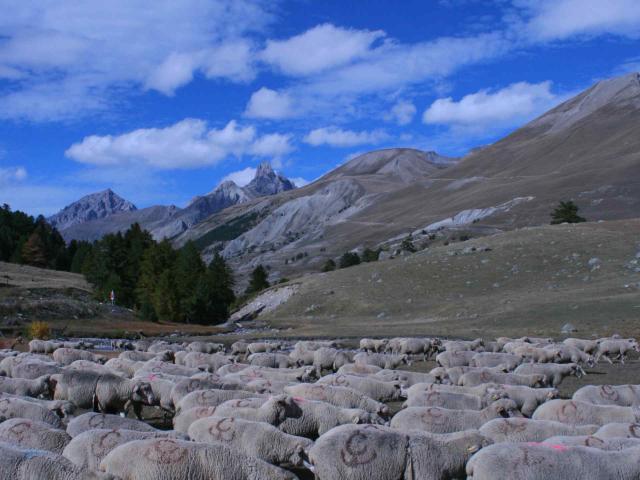Discover the Alpine terroir to the sound of bells!
The GR®69 La Routo® itinerary in your own way
If you are used to day-hikes and love mountain landscapes, hike along 252 kilometres of the most beautiful places in the south of France, following the part of La Routo® which goes through what used to be known as the Basses-Alpes. Set off from Vinon-sur-Verdon in the Var and hike to Saint-Ours in the Alpes de Haute Provence, crossing the old summer migration sheep-tracks which were once followed by the shepherds from the Piedmont valleys. On your journey, you will be guided by the sheep-bells as you hike along the of the Grande Randonnée (GR®) and Petite Randonnée (PR) trails. The most appreciated hiking loops are Draille des Coussouls in the Plaine de La Crau and following in the footsteps of the transhumances in Éguilles.







